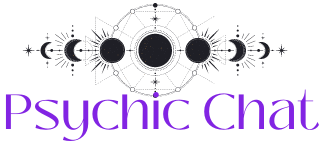What is a Pyramid?
A pyramid is a geometric structure with a polygonal base and triangular sides that converge at a single point called the apex. Pyramids have been used in various cultures throughout history, both for architectural purposes and in symbolic or religious contexts.
Here are a few key aspects of pyramids:
1. Geometric Definition:
- Base: The base of a pyramid can be any polygon, such as a triangle, square, or hexagon. The most common form is the square pyramid, where the base is a square.
- Faces: The sides of the pyramid, called faces, are triangles. The number of triangular faces corresponds to the number of sides on the base.
- Apex: The apex is the highest point of the pyramid, where all the triangular faces meet.
2. Famous Examples:
- Egyptian Pyramids: The pyramids of ancient Egypt, particularly the Great Pyramid of Giza, are some of the most iconic structures in the world. These pyramids were built as tombs for pharaohs and are part of a larger funerary complex.
- Mesoamerican Pyramids: Civilizations like the Maya, Aztec, and Olmec also built pyramids, often with flat tops that served as platforms for temples or other structures.
- Ziggurats: In ancient Mesopotamia, ziggurats were pyramid-like structures with a stepped design, built as temples to the gods.
3. Symbolism and Use:
- Symbolism: Pyramids often symbolize stability, longevity, and ascension. In many cultures, they are associated with the afterlife and the divine.
- Modern Use: Pyramids continue to inspire modern architecture and design. The Louvre Pyramid in Paris is a famous example of contemporary use of pyramid shape.
4. Cultural Significance:
- Egyptian Culture: Pyramids were central to the Egyptian belief in the afterlife, serving as monumental burial sites that would help the pharaohs ascend to the gods.
- Mesoamerican Cultures: Pyramids in Mesoamerica were often centers of religious rituals, including offerings to gods and astronomical observations.
Pyramids are not only fascinating from an architectural standpoint but also rich in cultural and historical significance.






